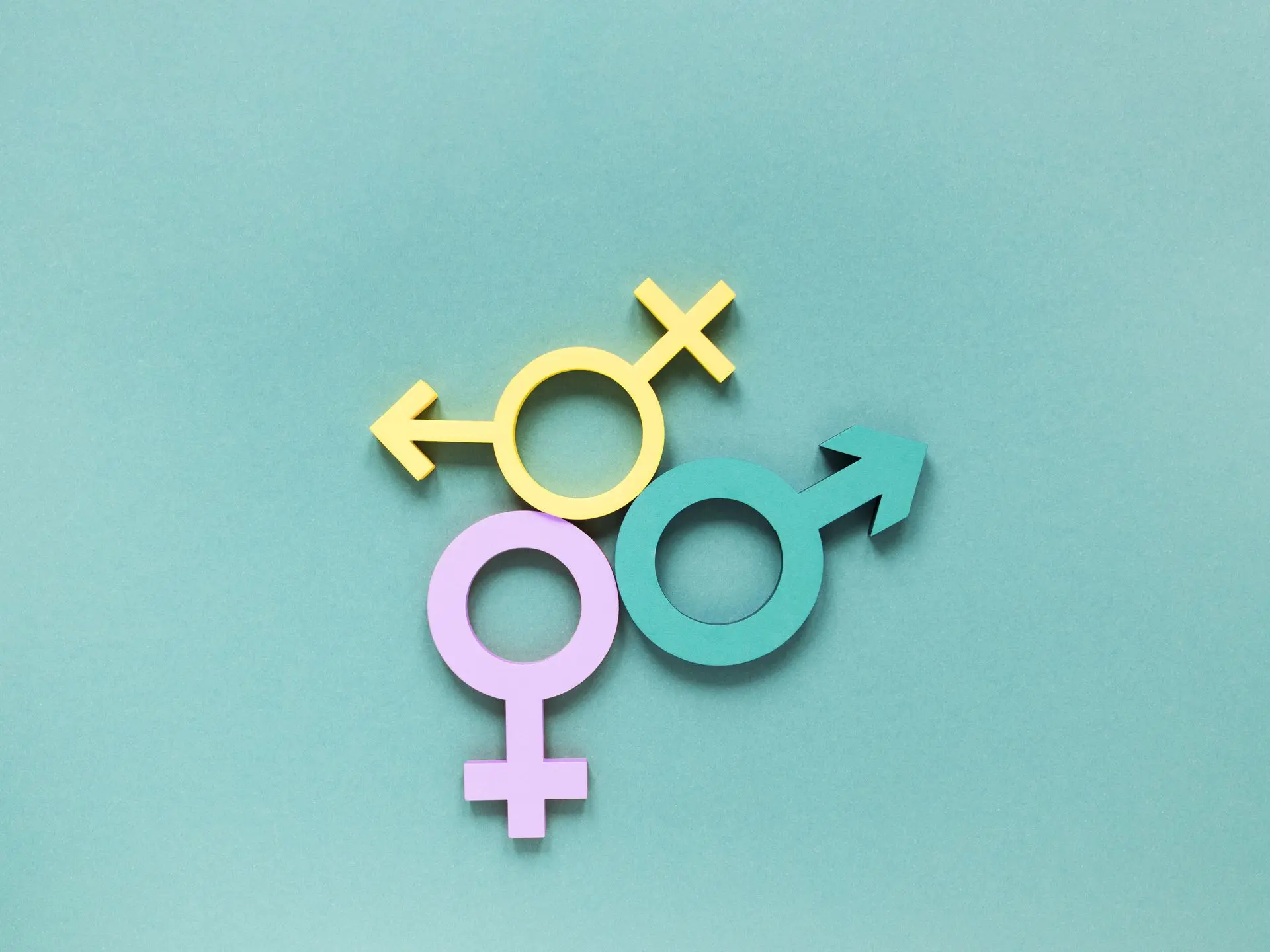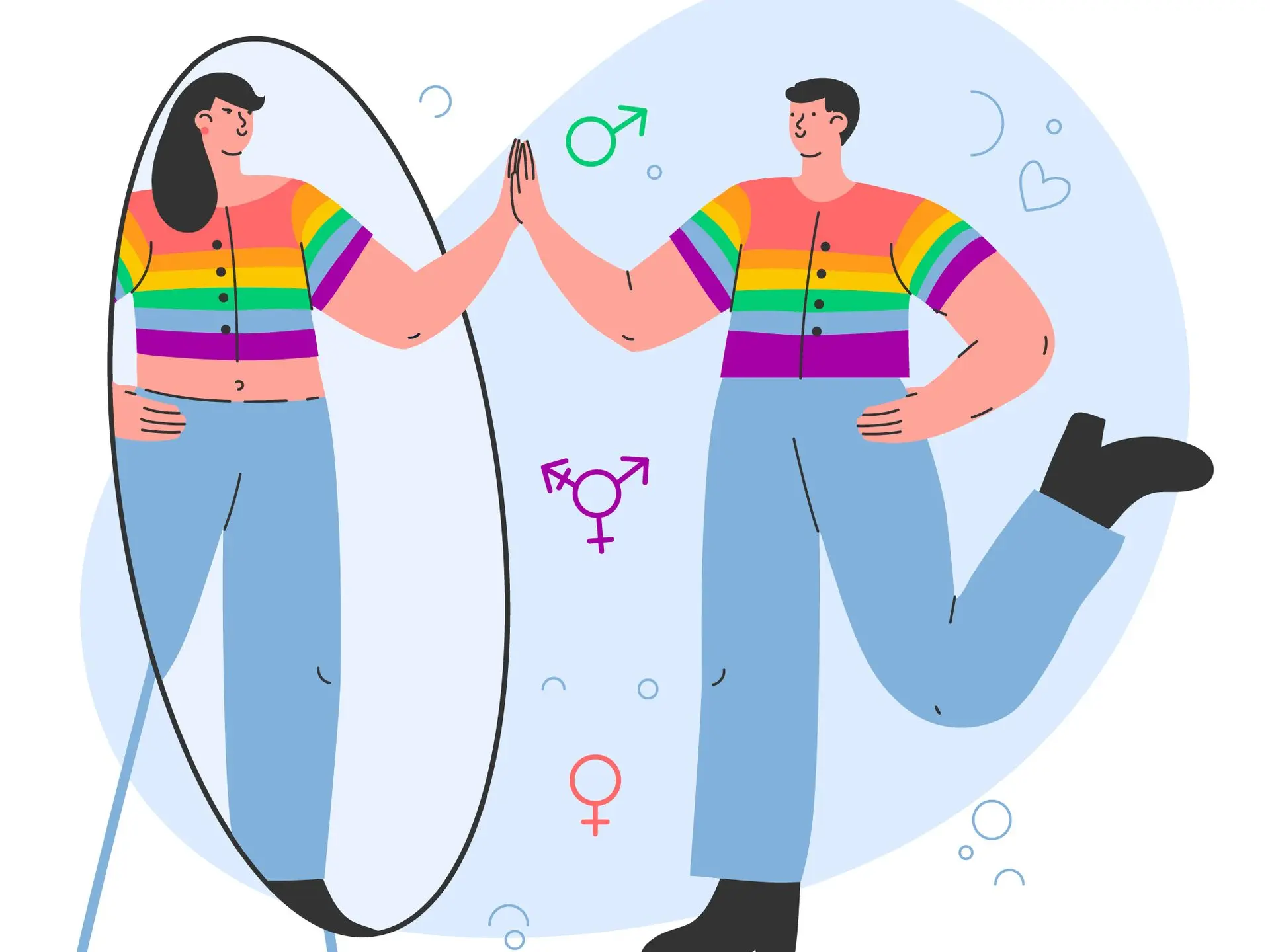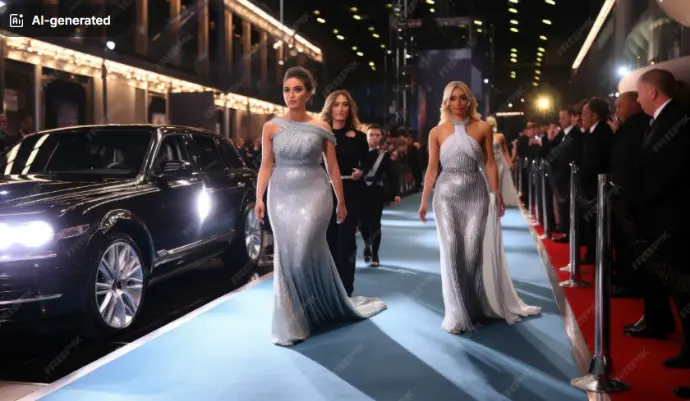Fashion is no longer only a conversation about “men’s” vs “women’s” wear. In 2025 the boundaries are blurring: designers, brands and shoppers are embracing clothing that prioritizes comfort, identity and versatility over traditional gender labels. This is more than a trend — it’s a cultural shift.

Gender-neutral:
Garments intentionally designed without gendered cues (cuts, buttons placement, marketing), meant to be worn by anyone.

Gender-fluid:
Designs that can be styled in multiple ways to suit different gender expressions.

Genderless:
Sometimes used interchangeably; often signals a deliberate refusal to assign a product to a gender category.

Cultural shift & identity politics
Younger cohorts value self-expression over binary norms; fashion mirrors these values. Social media accelerates and amplifies these expressions.

Commercial logic
The “silver generation” and Gen Z both demand different things — fluid pieces sell across segments, increasing SKU reach per style.

Retail economics
Brands want fewer SKUs with broader appeal (reduce SKUs, raise sell-through), and unisex pieces help.

Runway & luxury adoption
High fashion legitimizes the idea — gender-neutral shows and gender-inclusive lines from major houses make it mainstream. Gucci’s genderless lines and high-profile gender-neutral presentations show this move upmarket.

Local cultural trends
In India, traditional unstitched and draped garments (mundu, kurta, anga vastram) are naturally unisex, easing cultural adoption.
1. Silhouette choices: Less waist shaping, more straight lines, boxy or draped silhouettes, adjustable details (drawstrings, belts) to fit different bodies.
2. Size & fit strategy: Move from binary S–M–L to shape-friendly sizing (body-type categories, length-focused options, and extended size ranges). Traditional male/female patterns won’t fit all — pattern drafting must be inclusive.
3. Fabrics: Prioritize comfort & drape — soft knits, mid-weight linens, drapey viscose, and blended twills that flatter multiple shapes. Avoid ultra-stiff tailoring unless adjustable.
4. Construction details: Repositioned buttons/zippers, neutral pocket placement, and seam allowances for resizing.
5. Color & print: Broader palette—not only “masculine” or “feminine” colors—plus prints designed to translate across styling.

